
Welcome to the ezine produced by SGI Buddhists that prompts the positive, kindles the constructive, highlights the hopeful and leaves you feeling - well, up!

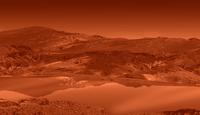 PASADENA, Calif. -- NASA
scientists have concluded that at least one of the large lakes observed
on Saturn's moon Titan contains liquid hydrocarbons, and have
positively identified the presence of ethane. This makes Titan the only
body in our solar system beyond Earth known to have liquid on its
surface. Writes
Carolina Martinez more
PASADENA, Calif. -- NASA
scientists have concluded that at least one of the large lakes observed
on Saturn's moon Titan contains liquid hydrocarbons, and have
positively identified the presence of ethane. This makes Titan the only
body in our solar system beyond Earth known to have liquid on its
surface. Writes
Carolina Martinez more
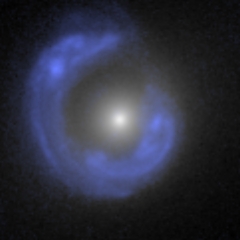 An international team of astronomers has recently
announced a finding that helps to settle a long-standing debate over
the relationship between mass (the amount of matter) and luminosity
(brightness) in galaxies.
An international team of astronomers has recently
announced a finding that helps to settle a long-standing debate over
the relationship between mass (the amount of matter) and luminosity
(brightness) in galaxies.
The team achieved this result by compiling the largest-ever single collection of 'gravitational lens' galaxies - 70 in all. A gravitational lens is a phenomenon similar to a terrestrial mirage, but it occurs on a scale of many thousands of light-years.
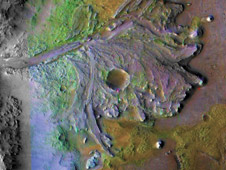
Two studies based on data from NASA's Mars Reconnaissance Orbiter have revealed that the Red Planet once hosted vast lakes, flowing rivers and a variety of other wet environments that had the potential to support life.
One study, published in the July 17 issue of Nature, shows that vast regions of the ancient highlands of Mars, which cover about half the planet, contain clay minerals, which can form only in the presence of water.
By Dwayne Brown
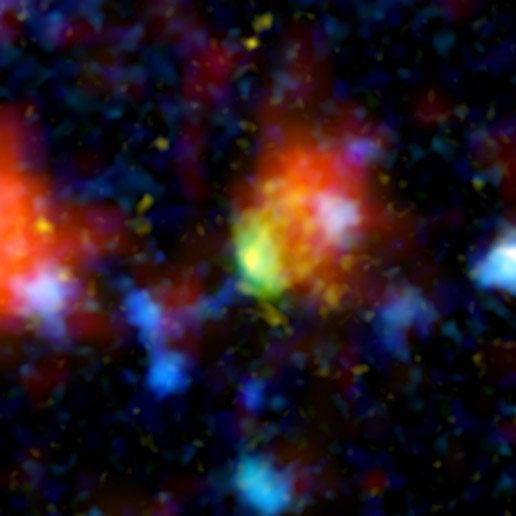 Astronomers have uncovered an extreme stellar machine - a galaxy in the very remote universe pumping out stars at a surprising rate of up to 4,000 per year. In comparison, our own Milky Way galaxy turns out an average of just ten stars per year.
Astronomers have uncovered an extreme stellar machine - a galaxy in the very remote universe pumping out stars at a surprising rate of up to 4,000 per year. In comparison, our own Milky Way galaxy turns out an average of just ten stars per year.
The discovery, made possible by several telescopes including NASA's Spitzer Space Telescope, goes against the most common theory of galaxy formation. According to the theory, called the Hierarchical Model, galaxies slowly bulk up their stars over time by absorbing tiny pieces of galaxies - and not in one big burst as observed in the newfound 'Baby Boom' galaxy.
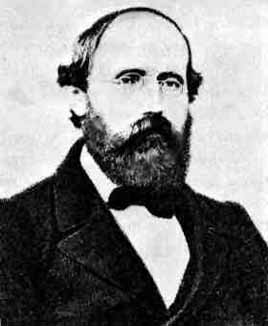 A cool one million dollars awaits the person who can uncover or prove the amazing 'Riemann Hypothesis', writes Phil Becque
A cool one million dollars awaits the person who can uncover or prove the amazing 'Riemann Hypothesis', writes Phil Becque
This is the image that will define the new age that waits for us to discover - a brilliant German mathematician who died young, leaving behind him an incredible legacy that the best minds of our age have yet to discover.
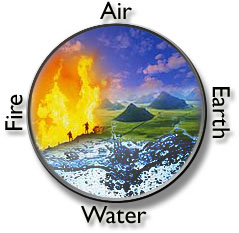 This simple question has been around for a long time. And finally some really bright sparks at the Particle Data Group of Lawrence Berkeley National Laboratory have come up with a whole array of answers.
This simple question has been around for a long time. And finally some really bright sparks at the Particle Data Group of Lawrence Berkeley National Laboratory have come up with a whole array of answers.
They've put together an award-winning presentation that covers an impressive number of topics in a fantastically accessible way. The Particle Adventure is simply the best introduction to particle physics for the average person.


